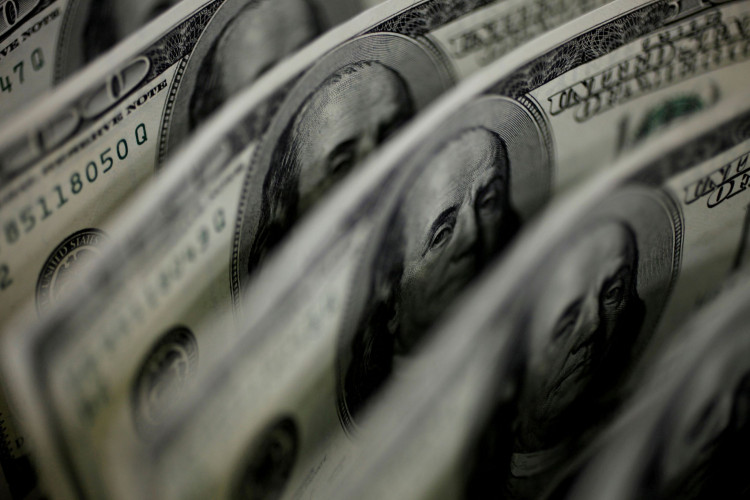Inflation pressures intensified in February, driven by significant increases in shelter and gasoline prices, challenging the Federal Reserve's efforts to stabilize the economy. The latest Consumer Price Index (CPI) data released by the Bureau of Labor Statistics revealed a 0.4% rise from the previous month and a 3.2% increase from the previous year, surpassing both the forecasts and January's figures.
Core inflation, which excludes the volatile food and energy sectors, also saw a 0.4% month-over-month increase and a 3.8% year-over-year rise, again exceeding economist predictions. This uptick, the most substantial since September, adds complexity to the Fed's upcoming policy decisions, particularly with a meeting scheduled for March 20, where interest rates are a critical point of discussion.
Market reactions to the CPI data were notable, with a nearly unanimous expectation that the Federal Reserve will maintain current interest rates in the short term. However, there's a growing anticipation of rate cuts by June, as the market prices in a 60% chance of such action, aiming to invigorate global gasoline consumption and broader economic activity.
The inflation report highlighted that more than 60% of the monthly increase was attributable to housing and gasoline, which rose 5.7% and 2.3% annually, respectively. Despite a slight deceleration in shelter costs compared to January, the persistent high rates continue to be a primary driver of core inflation, placing substantial financial strain on U.S. households, particularly those with lower incomes.
Gasoline prices saw a 3.8% jump from January to February, contributing to the headline inflation figure, despite a year-over-year decline. Other notable increases included airline fares, motor vehicle insurance, apparel, and recreational activities, adding layers to the inflationary pressures.
Despite some stabilization in food prices, which remained unchanged from January to February, the annual increase poses ongoing challenges for American consumers. The persistently high inflation rates, though down from a peak of 9.1%, remain well above the Federal Reserve's 2% target, complicating the central bank's monetary policy approach.
Federal Reserve officials, including Chair Jerome Powell, have signaled a cautious approach to interest rate adjustments, emphasizing the need for further data to ensure inflation is on a sustainable downward trajectory. The recent CPI data, indicating inflation's resilience, may influence the Fed's timeline and strategy for rate cuts, with the aim of achieving a delicate balance between curbing inflation and supporting economic growth.






